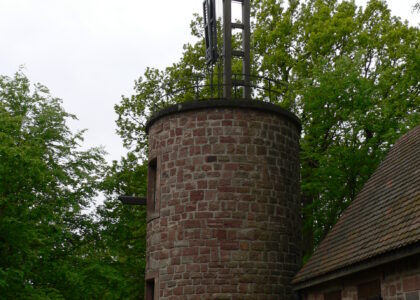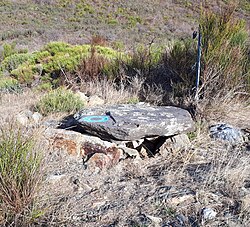Welcome to the Willamette Falls Scenic Viewpoint, a site of immense historical and cultural significance. Located in Oregon City, this natural wonder is the largest waterfall by volume in the Northwest United States and is a vital part of the region’s history. The falls stretch 1,500 feet wide and tumble 40 feet down, creating a stunning natural spectacle.
The story of Willamette Falls is deeply connected with the indigenous peoples who have lived in this region for thousands of years. The falls were a crucial site for fishing and trading, making it an economic and cultural hub for Native American tribes. According to Native lore, the falls were created by the hero T’allapus, or Coyote, to ensure the people had fish throughout the winter months. The Clowewalla band of the Tumwaters, part of the larger Chinookan peoples, once called this place home.
As European settlers arrived in the early 19th century, the falls became a focal point for development. John McLoughlin of the Hudson’s Bay Company claimed land here in 1829, and Oregon City was established in 1842. A year later, Linn City was founded across the river, sparking a fierce rivalry for economic dominance.
In 1873, the Willamette Falls Locks were completed, allowing boats to bypass the falls and further spurring the area’s growth. This engineering marvel was crucial for trade and transportation in the region.
The falls also played a significant role in the industrial history of Oregon. The Willamette Falls Electric Company, founded in 1888, used the falls’ power to generate electricity, marking the first long-distance transmission of electricity in the United States.
Today, Willamette Falls continues to be a place of cultural gathering and natural beauty. Many tribes still conduct ceremonial salmon harvests and collect lamprey here, maintaining a tradition that has lasted for generations.





